The Precision and Power Behind Construction Machinery Components
In the world of heavy - duty construction, the seamless operation of machinery is crucial for large - scale projects. A variety of specialized components work in harmony to ensure that construction equipment functions efficiently and reliably. Among these essential parts, construction machinery gears, drive target gear, quenched gear, internal gear ring, and spline shaft play significant roles in transmitting power, enabling movement, and maintaining the structural integrity of construction machinery.
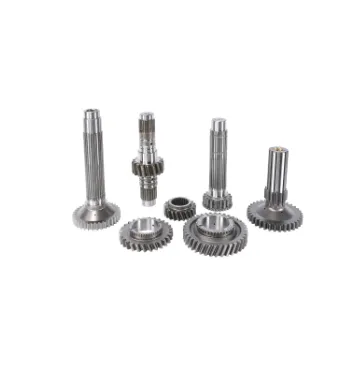
The Vital Role of Construction Machinery Gears
Gears are the unsung heroes of construction machinery, facilitating the transfer of mechanical power between different parts of the equipment. Construction machinery gears are engineered to withstand high loads, intense friction, and harsh environmental conditions typically encountered on construction sites. For instance, in excavators, a complex system of gears works together to control the movement of the arm, bucket, and other components. These gears must be precisely manufactured to ensure smooth operation, as even a minor imperfection can lead to inefficiencies, increased wear, and potential breakdowns. The design and quality of construction machinery gears directly impact the overall performance and productivity of the equipment, making them a key focus in the manufacturing and maintenance of construction machinery.
Unraveling the Function of Drive Target Gears
Drive target gear serves as a critical link in the power transmission chain of construction machinery. It is designed to receive power from the engine or motor and transfer it to other components, driving the machinery's movement or operation. In a bulldozer, for example, the drive target gear works in tandem with other gears to convert the rotational energy from the engine into the linear motion required to push heavy loads. The gear's tooth profile, material composition, and size are carefully optimized to match the specific power requirements and operational demands of the machinery. This ensures that the drive target gear can handle the torque and speed variations, providing consistent and reliable performance throughout the equipment's lifespan.
The Significance of Quenched Gears in Construction Machinery
Quenched gear undergoes a specialized heat - treatment process known as quenching, which significantly enhances its mechanical properties. Quenching involves heating the gear to a high temperature and then rapidly cooling it, resulting in a harder and more durable surface while maintaining a relatively tough core. In construction machinery, where gears are constantly subjected to heavy stress and friction, quenched gear offers improved wear resistance, fatigue strength, and load - bearing capacity. For example, in the gearboxes of cranes, quenched gear can withstand the repeated stress of lifting and lowering heavy loads, reducing the likelihood of premature failure and minimizing downtime for maintenance. This makes quenched gears an essential component for ensuring the long - term reliability and safety of construction machinery.
The Role of Internal Gear Rings in Mechanical Systems
Internal gear ring is a unique type of gear that features teeth on the inner circumference. It is often used in combination with external gears to achieve specific mechanical advantages, such as compact design and high - torque transmission. In construction machinery like loaders, internal gear rings are incorporated into the transmission systems to change the direction of rotation and distribute power evenly. The internal teeth of the gear ring mesh with external gears, providing a smooth and efficient power transfer. This design not only saves space but also allows for better utilization of the available power, enabling the machinery to perform complex operations with ease. The precision manufacturing and proper alignment of internal gear rings are crucial for maintaining the overall efficiency and performance of the construction machinery's drive system.
Spline Shafts: Connecting and Transmitting Power
Spline shaft is a key component that facilitates the connection between different parts of construction machinery and enables the transmission of torque. It features ridges or teeth (splines) along its length that fit into corresponding grooves in mating components, such as gears or couplings. In a backhoe loader, for example, spline shafts are used to connect the engine to the transmission and other working components. This allows for the efficient transfer of power while also providing the flexibility to accommodate misalignments and angular variations. The strength and durability of spline shafts are essential, as they must withstand the high forces and torques generated during the operation of the machinery. Proper lubrication and maintenance of spline shafts are necessary to prevent wear and ensure smooth operation, contributing to the overall reliability of the construction equipment.
Maintenance and Optimization of Construction Machinery Components
Regular Inspection and Lubrication
To ensure the optimal performance of construction machinery gears, drive target gear, quenched gear, internal gear ring, and spline shaft, regular inspection and lubrication are essential. Inspections should focus on checking for signs of wear, such as tooth damage, cracks, or excessive play. Lubrication helps reduce friction, prevent corrosion, and dissipate heat, extending the lifespan of these components. Different types of lubricants may be required depending on the specific application and operating conditions, so it's important to follow the manufacturer's recommendations.
Replacement and Upgrades
Over time, even the most durable components will experience wear and tear. When construction machinery gears or other parts reach the end of their service life, prompt replacement is necessary to avoid breakdowns and costly repairs. Additionally, upgrading to higher - quality or more advanced components can improve the performance and efficiency of the machinery. For example, replacing standard gears with quenched gear can enhance the equipment's load - bearing capacity and reduce maintenance requirements.
Proper Storage and Handling
When construction machinery is not in use, proper storage and handling of components like spline shafts and internal gear rings are crucial. Storing them in a clean, dry environment can prevent rust and corrosion. Components should be handled carefully to avoid damage, especially during installation and removal. Using the correct tools and following proper procedures can help ensure that these vital parts remain in good condition and function properly when needed.
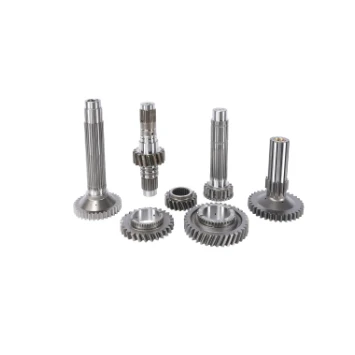
The agricultural and industrial machinery sector is experiencing remarkable growth, and at the heart of this expansion lies the trade and supply of tractors.
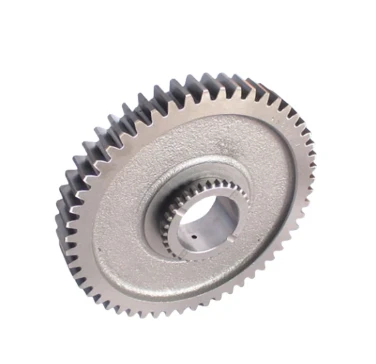
The world of tractors is vast and varied, catering to both practical agricultural needs and the passionate interests of collectors.
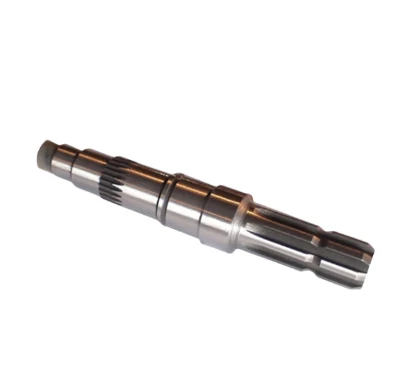
The agricultural and construction machinery landscape is constantly evolving, with tractors standing as essential workhorses for a variety of tasks.
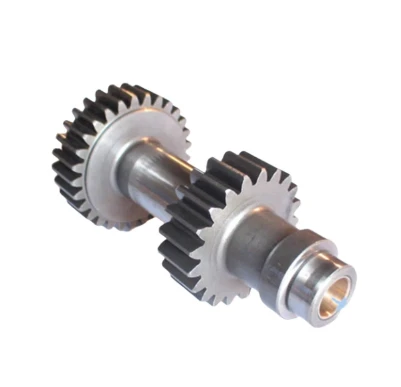
In the intricate world of mechanical engineering, gears are fundamental components that enable the seamless transfer and manipulation of power.
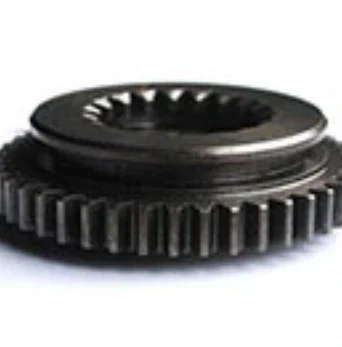
The market for tractors is a bustling hub, catering to a wide range of needs from large - scale farming operations to small - scale gardening projects.
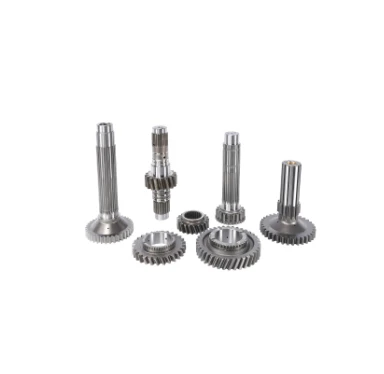
In the dynamic world of farming, machinery has become an essential part of efficient and productive operations.
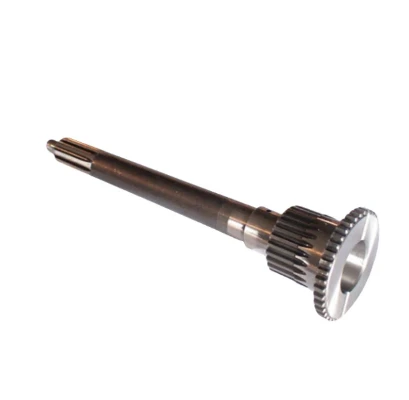
In the expansive realm of agriculture, various tools and machines play crucial roles in ensuring efficient crop production and overall farm management.
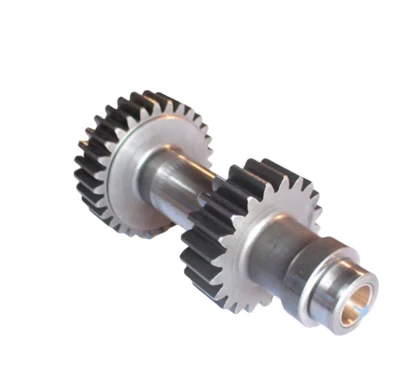
Tractors are essential workhorses in the agricultural and construction sectors, playing a pivotal role in a wide range of tasks.
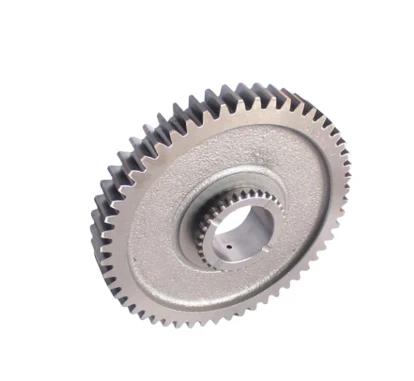
The agricultural and construction sectors rely heavily on tractors for their operations, and the entities involved in the production, distribution, and pricing of these machines shape the industry's trajectory.
International layout
Spread all over the world
our products are exported to various parts of the world. Currently, our products have been exported to more than 40 countries Our products cover Asia, Europe, Africa, South America, North America, and Oceania
Sign up
for Newsletter
Subscribe to the weekly newsletter for all the latest updates







